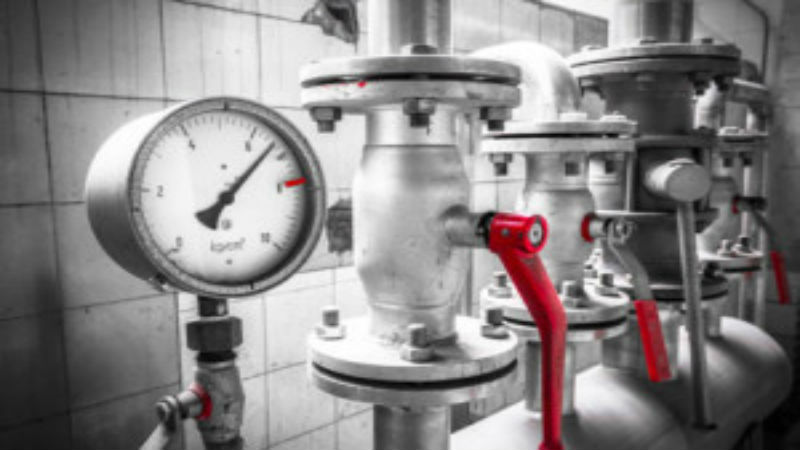Hydraulic Cylinders are a vital part of a wide range of industrial machines, vehicles, tools, presses and more. They are common on earthmoving vehicles such as bulldozers and backhoes to raise and properly control the digging buckets. Machines in the automotive manufacturing industry commonly use a variety of hydraulic systems, as do the lift tables in automotive repair shops. Understanding your machines and their lift systems is very important when the need comes to replace a component. Misuse of various cylinders can damage the machine, or cause poor performance.
Understanding The Various Types Of Cylinders
Depending on the function, hydraulics can come in a range of cylinder types including single action which utilize both pressurized fluid from one source as well as a spring system to expand and retract the moving parts. Double action makes use of pressurized fluid from two sources and utilizes a heavy duty rod system instead of a spring. Telescoping or multi-stage cylinders have up to 6 relays of hydraulics and are commonly used in forklifts and construction cranes. Tie rods are a load bearing component of various cylinders, but can be prone to leakage of lubricant. Welded cylinders are much heavier duty and provide a very smooth extension and retraction when in use. They are also much less prone to leakage as they have fewer possible areas for that issue to arise.
Be Sure You Know The Type Of Hydraulic Cylinder You Need
Machines and vehicles using hydraulics are not invincible and will at some point need repairs or replacements. Knowing exactly which cylinder you need is important for both safety of the workers and productivity of the machine. Knowing your working pressure is important; cylinders all have a set maximum pressure they can be subjected to safely. Be sure you are aware of the weight of the machine itself, such as the bucket on a backhoe, in addition to the amount of earth or other items it will be lifting. Improperly rated cylinders can not only perform poorly, but they can also damage your machines or vehicles. Being aware of your stroke length is important as well; this can be anywhere from a fraction of an inch to several feet depending on its use. Once you are fully aware of your cylinder needs for the unique machine or application you are considering, you can then move on to finding a prefabricated or custom made piece for the job.


